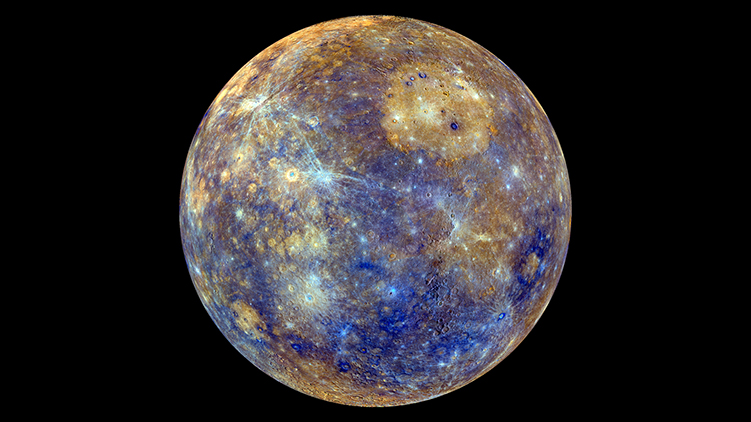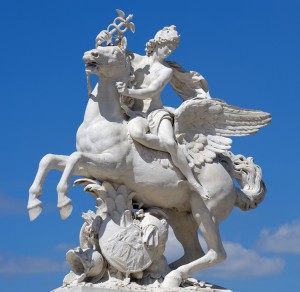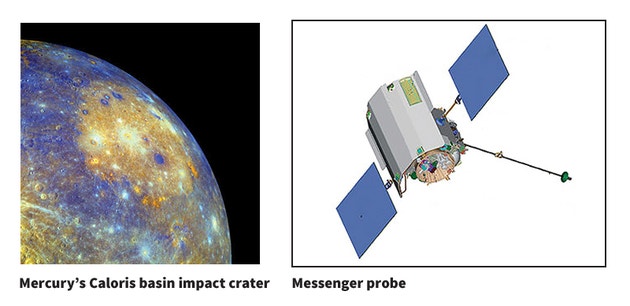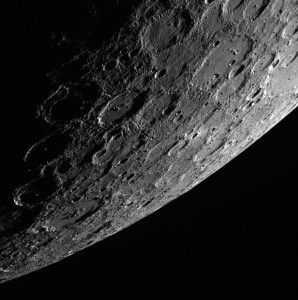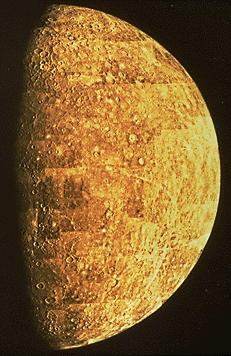BepiColombo to Mercury
Friday, November 9th, 2018November 9, 2018
On Oct. 20, 2018, an Ariane 5 rocket blasted off from French Guiana, an overseas possession of France on the northern coast of South America. The rocket carried a pair of probes bound for Mercury, the planet in our solar system closest to the sun, as part of a mission called BepiColombo. The mission’s name honors Giuseppe “Bepi” Colombo, an Italian scientist who contributed greatly to the study of Mercury. ESA missions frequently launch from French Guiana at a site called Europe’s Spaceport. The site’s remote geographic location offers advantages in launch trajectory as well as a “slingshot effect” created by the speed of Earth’s rotation near the equator.
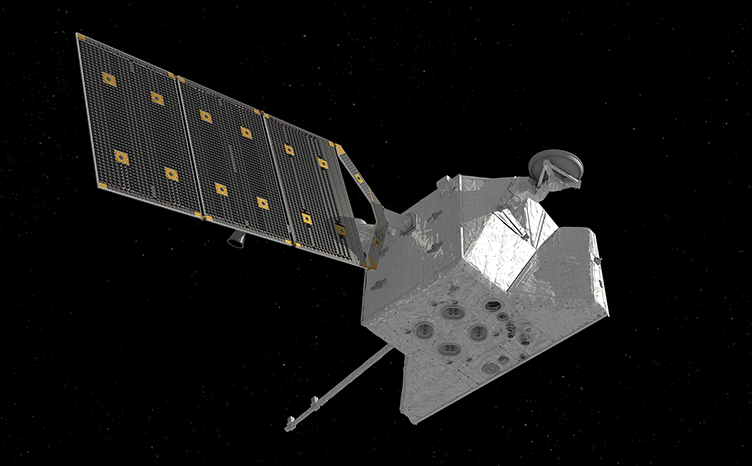
The Mercury Planetary Orbiter is one of two probes included in the BepiColombo mission that will study the planet Mercury. Credit: ESA/ATG medialab
The European Space Agency (ESA) developed and organized the BepiColombo mission. ESA led the construction of the Mercury Planetary Orbiter (MPO), the main probe. But two other space agencies contributed to BepiColombo. The United States National Aeronautics and Space Administration (NASA) built an instrument called a mass spectrometer for the MPO. And the Japan Aerospace Exploration Agency (JAXA) built the mission’s second orbiter, the Mercury Magnetospheric Orbiter (MMO). Magnetosphere is the zone of strong magnetic forces that surrounds a heavenly body.
Mercury, about 48 million miles (77 million kilometers) from Earth, is not a well-studied planet. Only two NASA spacecraft—Mariner 10 and MESSENGER—have reached it so far. In 1974 and 1975, Mariner 10 discovered that Mercury has a strong magnetic field. Scientists had previously thought the planet too small to host a magnetic field. Japan’s MMO is specially designed to study this feature. MESSENGER, which orbited Mercury from 2011 to 2015, learned many things about the scorched planet’s surface and confirmed that water ice existed in permanently shadowed craters at its poles.
Mercury’s magnetic field hints at our solar system’s turbulent early history and unusual composition. Most planetary systems have planets all about the same size and spaced evenly apart. In our solar system, Jupiter, the largest planet, is almost 25,000 times larger than Mercury, the smallest. Mercury might once have been larger, but layers of the planet’s surface could have worn away over billions of years. Alternatively, the planet may simply be the remnant of a collision of earlier inner planets. The BepiColombo mission hopes to learn more about Mercury as well as the formation of our solar system.
BepiColombo is powered by ion propulsion, a method of propelling space vehicles by ejecting charged particles called ions. Ion propulsion increases travel time compared to traditional chemical propulsion, but it costs much less. Ion propulsion also allows a probe to avoid the sun’s powerful gravitational field by taking a long, winding path to Mercury’s orbit. BepiColombo will fly by Earth once, Venus twice, and Mercury six times before it finally enters into orbit around the planet in late 2025.

